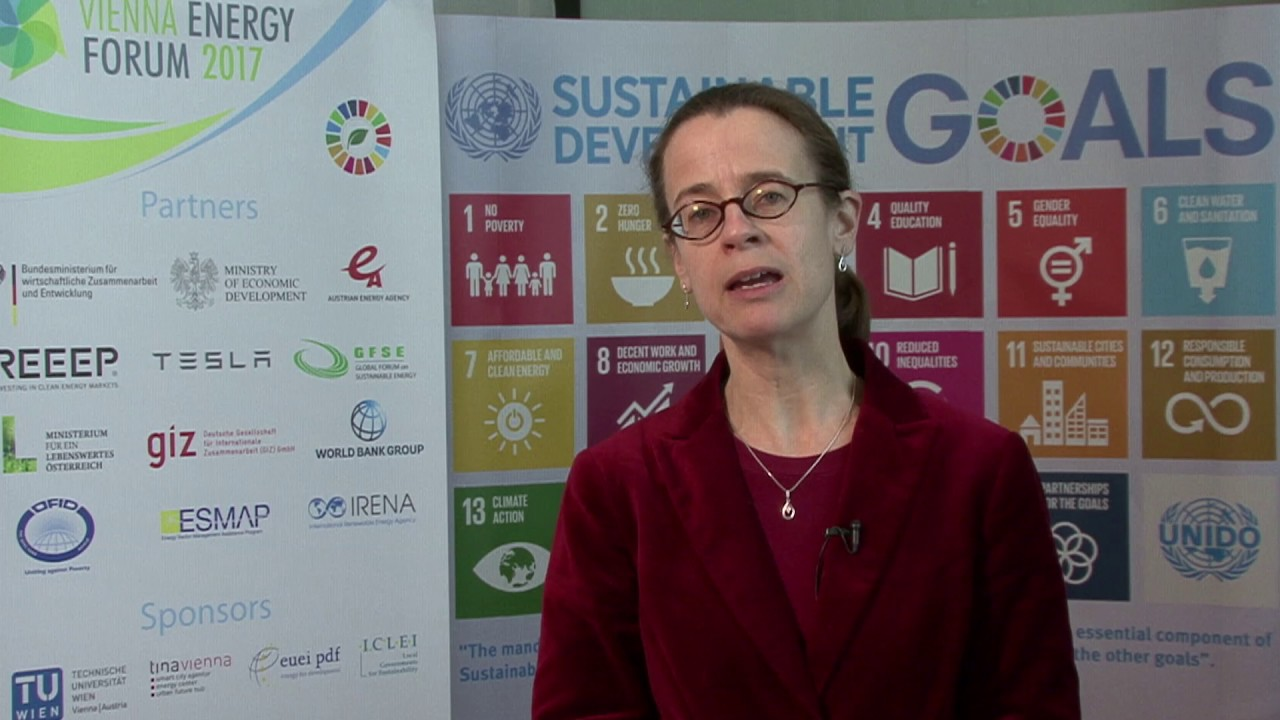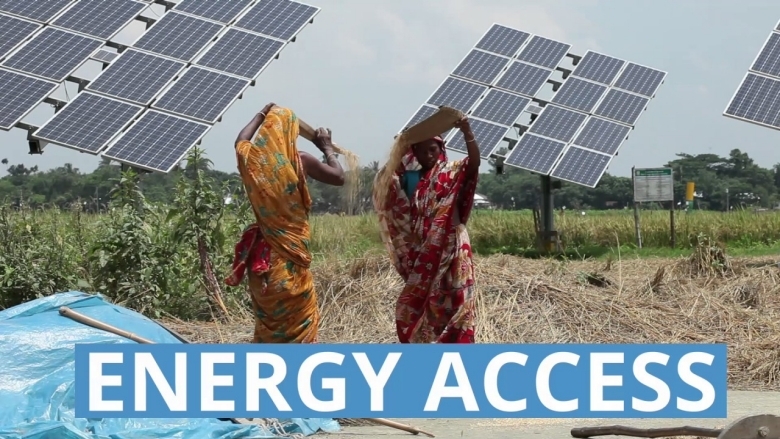The State of Electricity Access Report (SEAR) 2017 examines the critical role of energy toward the achievement of the Sustainable Development Goals (SDGs), and provides a snapshot of the status of electricity access worldwide, based on the recent Global Tracking Framework.
It explores how countries can create a conducive environment for a transformative electricity access roll out, how clean energy fits into the picture, and how emerging and innovative service delivery models can accelerate progress on meeting the goals.
It also delves into topics ranging from electricity planning, human capital, and gender, to climate change, energy efficiency, and results-based financing with the goal of prompting governments, donors, the private sector, civil society organizations, and practitioners to develop solutions to close the electricity access gap by integrating lessons learned from countries that have successfully expanded electricity access and through insights drawn from innovative business and delivery models.
The report sets out to answer five main questions:
•
• What is the status of electricity access?
• What are the challenges and drivers of transformative electricity access?
•
• What are the emerging and innovative business and delivery models?




